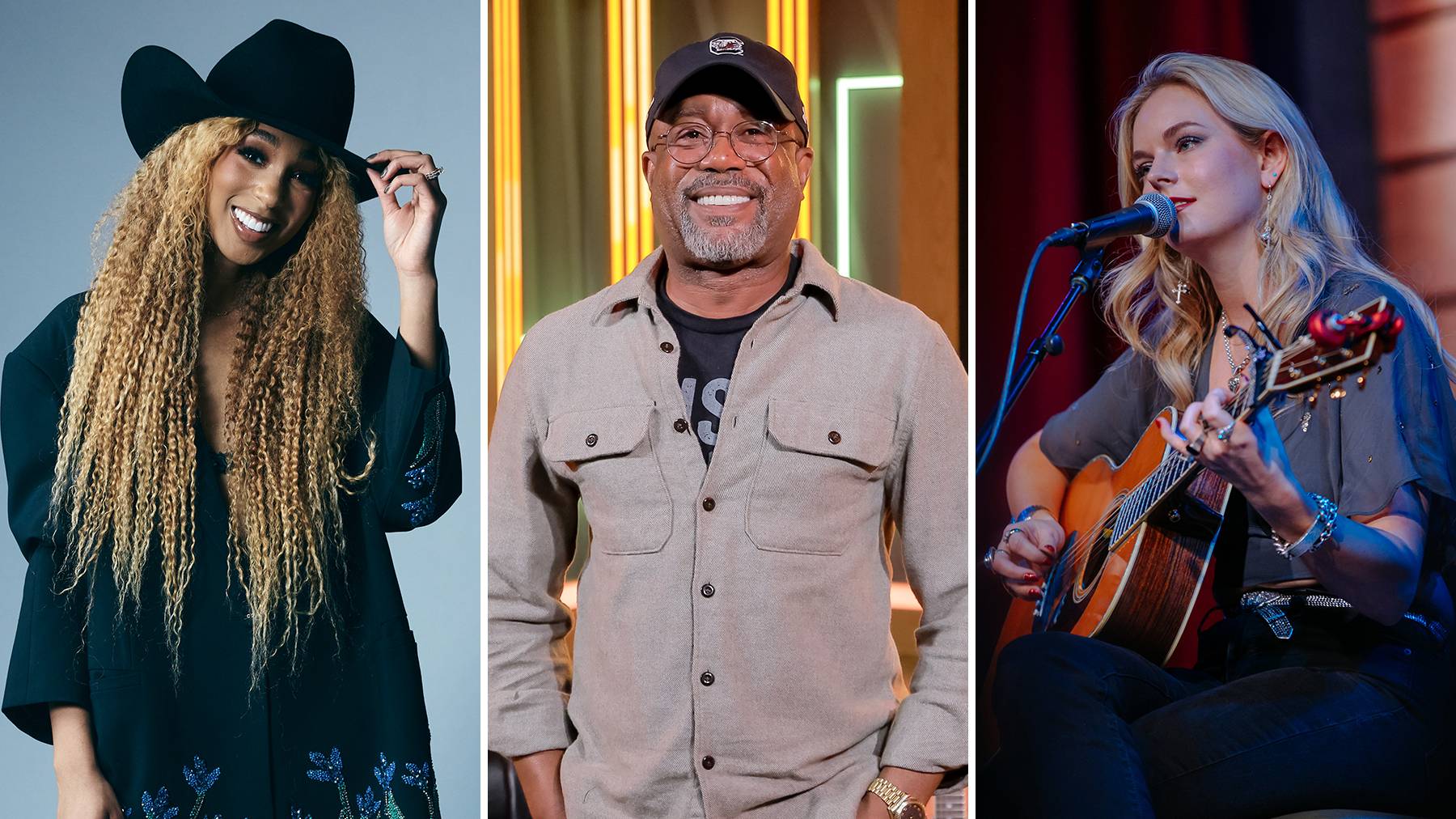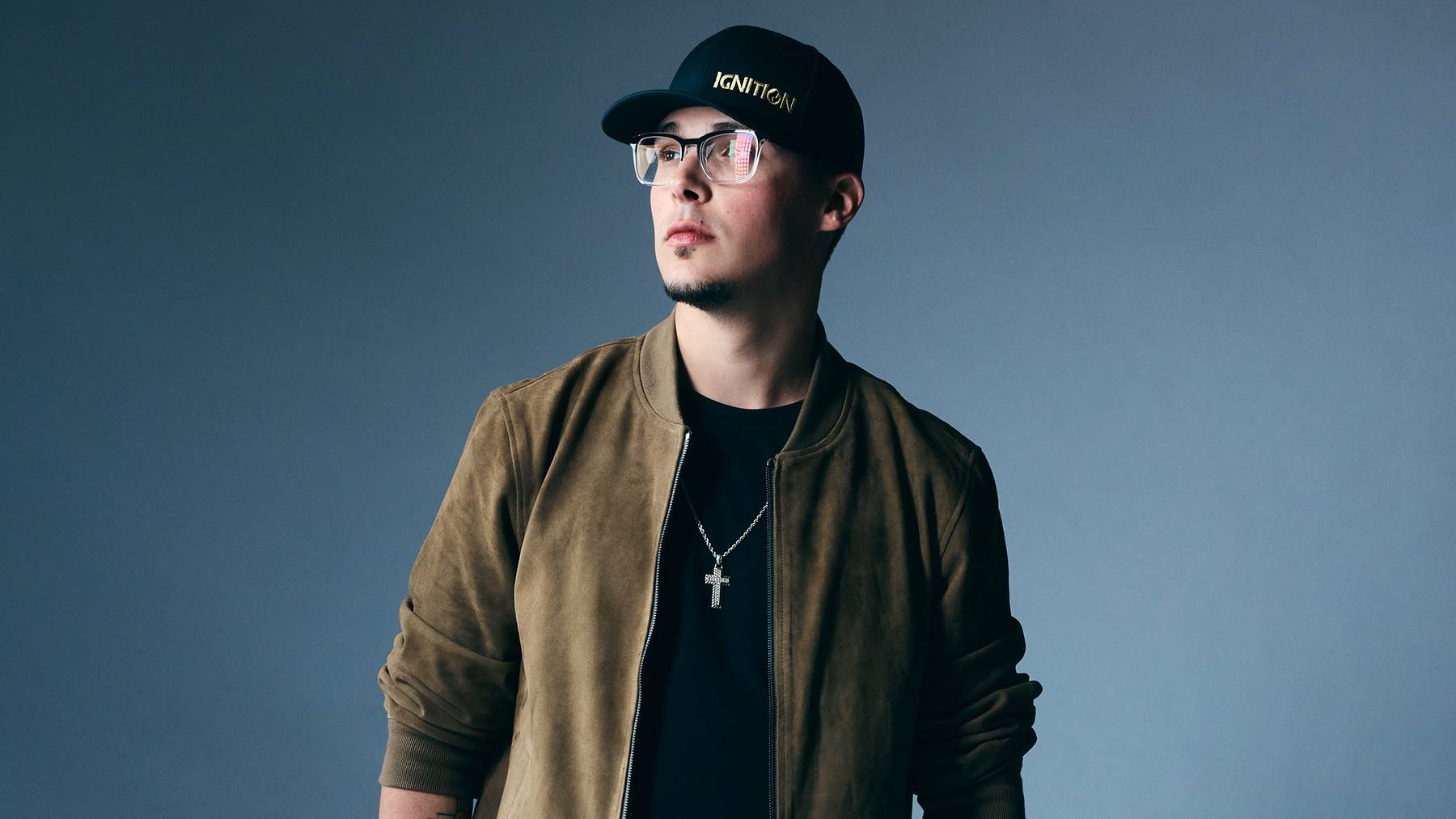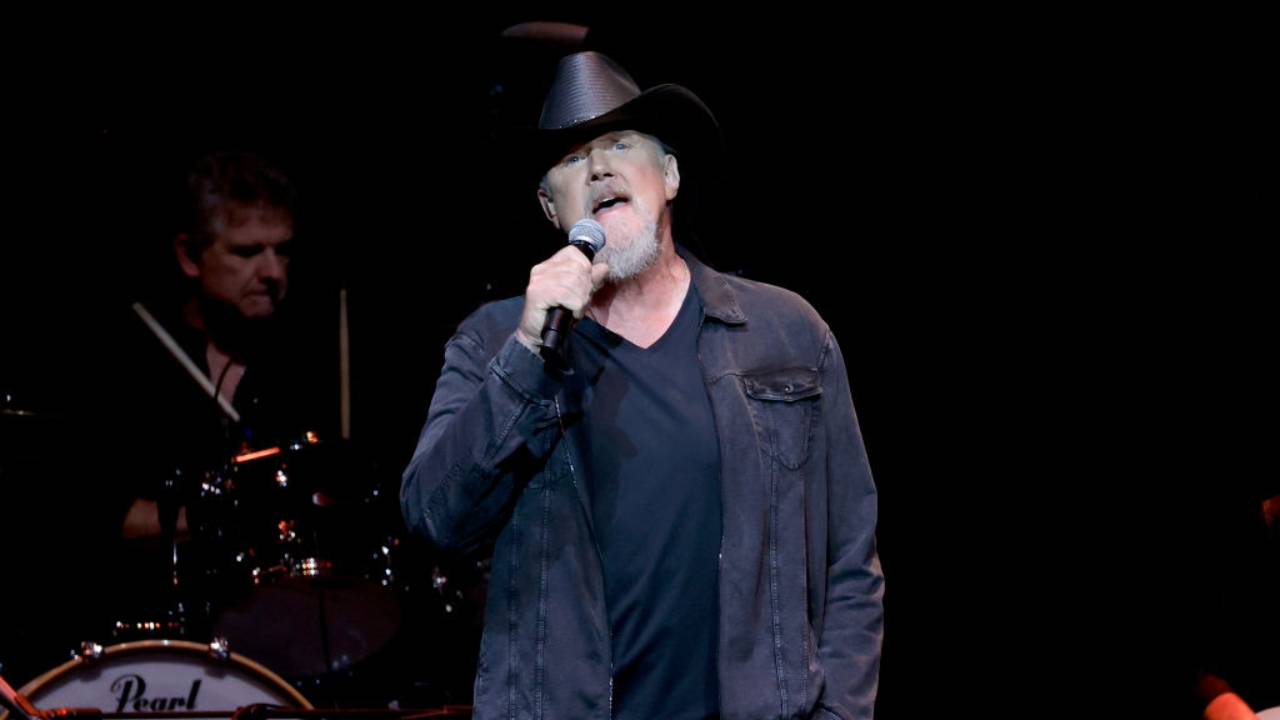Climbing Aboard 'Night Train to Nashville'

In 1962, a struggling musician was living above a Nashville nightclub in an apartment furnished with little more than a mattress and a light bulb. Perfecting his guitar playing at home during the day and performing in local clubs at night, he eventually attained worldwide fame.
It's a stereotypical Nashville success story, to be sure, but there's a twist. The tale isn't about a country musician. The guitar player's name was Jimi Hendrix.
Hendrix's days in Nashville are but a minor part of the new exhibit, Night Train to Nashville: Music City Rhythm & Blues, 1945-1970, opening Saturday (March 27) at the Country Music Hall of Fame and Museum. The 5,000-square-foot display drives home an important point: Although business interests were ultimately dominated by country, fiddles and steel guitars weren't the only things that contributed to Nashville's status as Music City USA.
With the Fisk Jubilee Singers (from Nashville's Fisk University) touring internationally as far back as the 1870s, the city's non-country music scene was thriving long before Hendrix and Billy Cox, his future bassist in the Band of Gypsies, moved to town after being discharged from the Army at nearby Fort Campbell, Ky. Following World War II, Nashville was a hotbed of R&B, supported by record labels, nightclubs and radio and television shows.
The museum's permanent exhibit centers on country music, but Hall of Fame officials thought it was time to address R&B's impact on Nashville becoming an international music center. Associate museum editor Michael Gray and content curator Daniel Cooper conceived the exhibit, sponsored by SunTrust Bank. Gray and Cooper also co-produced a two-CD music compilation to serve as a companion to the exhibit.
"It's interesting to see how the two musics relate to each other," Gray said. "We feel like we can learn more about country music by looking at how it intersected with rhythm & blues. … And even during the days of segregation, when blacks and whites couldn't sit or eat together, they were making music together in the studios, on the stage and on the radio."
Two Nashville radio stations played a huge role in establishing Nashville's reputation. With WSM broadcasting the Grand Ole Opry and WLAC's late night disc jockeys such as the legendary John Richbourg (better known as John R) and Hoss Allen catering to R&B fans, the two stations blasted 50,000-watt nighttime signals to music fans throughout the U.S.
"In a lot of ways, WLAC is to R&B music what WSM was to country music," Gray noted. "WLAC started playing R&B at night in 1946. The deejays who were playing the music were white, so there's another example of how the race barriers were tested." And just as WSM made stars of country artists, WLAC wielded the power to make stars of R&B acts. "Just about every R&B star came through Nashville," Gray said. "There's all kinds of stories about people like James Brown and Little Richard stopping by WLAC. Just like today, artists were wanting to know the deejays who were playing the records."
Nashville had already become a destination for R&B acts because of a thriving live music scene boasting historic venues that, unfortunately, no longer exist. The Bijou Theater, often compared to the Apollo Theater in New York, was established in the '20s and hosted concerts by virtually every major black performer, including Bessie Smith and Ethel Waters. Smaller shows -- nonetheless featuring musical titans such as Ray Charles -- would take place at clubs such as the New Era, the Del Morocco and Maceo's.
Racial barriers were also being broken in the recording studios. Long before RCA and Decca established offices in the neighborhood now known as Music Row, Bullet Records began business in the mid-'40s to become Nashville's first independent label of any real significance.
"They released all kinds of music -- hillbilly records, pop records, R&B records, gospel records," Gray said. "They had a giant pop hit in 1947 with the Francis Craig Orchestra's 'Near You.' It was a million seller back then." With the 1946 release of Cecil Gant's "Nashville Jumps," Bullet introduced its "sepia" series that included some of the first recordings by B.B. King, Rufus Thomas and Wynonnie Harris.
The CD, Night Train to Nashville: Music City Rhythm & Blues, 1945-1970, opens with "Nashville Jumps" and contains tracks by relatively obscure artists, along with original recordings of Arthur Gunter's "Baby Let's Play House" (later recorded by Elvis Presley) and Gene Allison's "You Can Make It If You Try" (covered in the '60s by the Rolling Stones). John Lennon sang Arthur Alexander's "Anna (Go to Him)" on one of the Beatles' early albums. "Everlasting Love," Robert Knight's 1967 hit written by Nashville songwriters Buzz Cason and Mac Gayden, was later recorded by Carl Carlton, Gloria Estefan and U2, among others.
Then there's Bobby Hebb, the songwriter who scored a major pop hit in 1966 with his recording of "Sunny." Although the track was recorded in New York City, Hebb was born in Nashville, where he had performed regularly on the Grand Ole Opry in the '50s as a member of Roy Acuff's band. Still a musical staple at oldies radio, "Sunny" resulted in Hebb being invited to open concerts during the Beatles' final tour. Hebb has already previewed the Hall of Fame exhibit and will return for this weekend's grand opening to participate in one of many panel sessions scheduled in coming months.
One of the more enlightening features of the exhibit is an interactive area allowing visitors to contrast country and R&B versions of the same songs. Examples include "The Chokin' Kind" (written by Harlan Howard) and "She's All I Got" (written by Jerry "Swamp Dogg" Williams). Waylon Jennings had a Top 10 country hit in 1967 with "The Chokin' Kind," but Joe Simon took it to the top of the R&B charts two years later. A 1971 R&B hit for Freddie North, "She's All I Got" later became Johnny Paycheck's second Top 10 single.
Perhaps the most riveting section of the exhibit is the huge video screen running clips from two pioneering television programs. Night Train premiered in 1964 as one of the first music series to feature an all-black cast. Produced in Nashville at WLAC-TV, Night Train predates the Chicago-based Soul Train by five years. The clip at the Hall of Fame shows a pre-psychedelic Jimi Hendrix swaggering in a backing band for what is believed to be his very first TV appearance.
In 1966, Nashville's TV studios still didn't have the equipment needed to produce programs in color. As a result, Show Biz Inc., which syndicated the Wilburn Brothers and Porter Wagoner's country TV shows, took WLAC disc jockey Hoss Allen and an entire cast of Nashville musicians to Houston to produce The!!!! Beat, an all-too-brief series that featured national acts such as Otis Redding, Freddy King and Clarence "Gatemouth" Brown.
Among the white music business executives who were involved in country music, Shelby Singleton is particularly noteworthy. A Mercury Records executive in Nashville during the '60s, Singleton was largely responsible for raising awareness in New York and Los Angeles of the quality of Nashville's studios and the versatility of its musicians. "At the same time he was making records for people like Roger Miller," Gray explains, "he was bringing major R&B stars like Ruth Brown, Clyde McPhatter and Brook Benton to Nashville to record. He'll tell you it was because he liked the studios better, and he liked working with the Nashville session musicians."
Between his time at Mercury and purchasing Sun Records from Sam Phillips in 1969, Singleton established his own label, SSS International, which issued "Soul Shake," a 1969 R&B and pop hit for Peggy Scott and Jo Jo Benson. Singleton recorded the track at a Music Row studio and took the duo to Nashville's Centennial Park to create one of the earliest music videos. Other artists, including Ricky Nelson and the Beatles, had previously combined music and visuals to promote their albums, but "Soul Shake" is certainly among the first music videos ever produced in Nashville.
"Shelby shot this video for about $2,000," Gray said. "This was 12 years before MTV, before it became common practice to promote acts through videos."
By 1970, urban renewal was underway in Nashville, and I-40 had been built through downtown, causing the demolition of many nightclubs -- including the Del Morocco, which had served as Hendrix's temporary home. WLAC underwent changes in programming that ended the late night R&B shows that influenced the next generation of rock and blues musicians. While R&B, soul and blues are still part of the local musical landscape, it's clear that country and contemporary Christian music now power the city's music business.
Nashville's R&B heritage is often overlooked. But at least until Night Train to Nashville closes at the end of 2005, the story is being told to a brand new audience.





